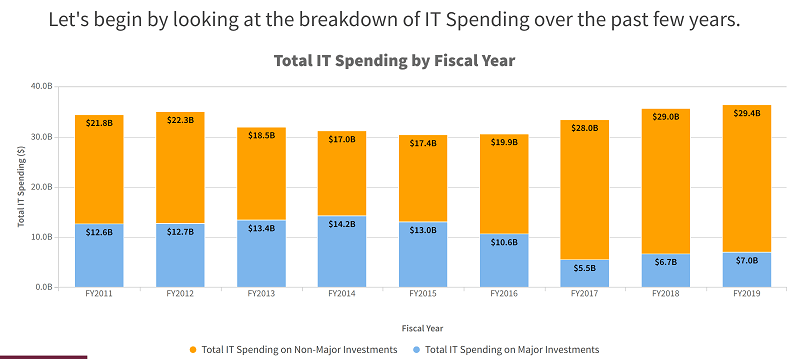In February, President Donald J. Trump sent Congress a Fiscal Year (FY) 2019 budget that requested $716 billion for national security, with $686 billion specifically directed towards the Department of Defense. This is part of the National Defense Strategy that aligns with the National Security Strategy, and determines FY 2019 budget priorities to enable the DoD to meet its key objectives, which includes the foundation for transforming the U.S. military into a more capable, lethal and ready Joint Force.
The budget calls for a $13.7 billion investment in science and technology to further innovation built around new and advanced capabilities including hypersonics technology, cyber space, outer space, directed energy, electronic warfare, unmanned systems and artificial intelligence (AI).
Congress is onboard with a high tech pivot from the DoD, and is calling for a commission to review advances in AI technology. It will include a 15-member body that would meet regularly until October 2020. This commission’s members will be appointed by the Secretary of Defense, Secretary of Commerce and members of congressional defense committees, and it will focus on AI, machine learning and other technology that could aid in national security and defense.
Its first task will be to review the competitiveness of U.S. technology and foreign advances in AI, and potential workforce and education incentives to attract and recruit talent for AI and machine learning technology jobs. It will also review and research ways to encourage investment from the commercial sector to research and develop AI technology. This commission will produce annual comprehensive reports on the same topics, which will be publicly available, with the first one due to the president and congress within 180 days of the passage of the bill.
Pentagon’s Joint Artificial Intelligence Center
DoD has reorganized its leadership structure to put greater emphasis on these emerging technologies – and the Pentagon reports it will invest $1.7 billion over the next five years in the creation of a new Joint Artificial Intelligence Center (JAIC).
It will have oversight over almost all service and defense agency AI efforts, and is a response to the emerging AI arms race with Russia and China. It will establish a common set of AI standards, as well as tools, shared data, reusable technology, processes and expertise for the whole DoD. The JAIC will report to Chief Information Officer Dana Deasy. Projects under $15 million will remain within the authority of the respective service or agency.
“The DoD has a long history of investing in and being at the cutting edge of technology development,” said Charles King, principal analyst at Pund-IT.
The JAIC could be seen as just the latest example of the military’s commitment to advanced technology – some of which has truly revolutionized the world.
“The creation of the internet is an obvious example, but the Defense Advanced Research Projects Agency (DARPA) has been a mainstay in scores of other projects,” King told ClearanceJobs. “DARPA and the DoD are already involved in advanced cloud and AI projects, as well they should be. The former is already deep in conventional IT and the latter is fast approaching the high tech mainstream. More importantly, both support paradigms that are or will be central to achieving maximum potential for computing processes and projects.”
Advancement = Additional Spending? Not necessarily
IT investment has been on a steady rise in recent years – with $29.4 billion spent on non-major investments and $7 billion on major investment forecast for 2019, up from $29 billion and $6.7 billion from this year, and $28.0 billion and $5.5 billion in FY 2017, according to data released by the government on the ITDashboard.gov. The dashboard offers a glimpse into DoD IT spending, and where the government is making new or increased investments.
While spending levels may seem high, major investment IT spending is down from a $14.2 billion high in 2014, and is still at the third lowest level in the last eight years.
President Trump has sought a $95.7 billion in federal IT spending in the fiscal 2018 budget, a 1.7 percent increase from fiscal 2017 enacted levels. Much of this increase is directed towards unclassified DoD IT programs; civilian IT and classified DoD IT funding would decrease slightly.
It is also important to note that about 24 percent of the Pentagon’s IT programs have not been submitted to the ITDashboard.gov, and this lack of transparency is consistent with Army, Air Force and defense-wide IT programs. In the past, 72 to 74 percent of such programs have been reported – while the United State Navy has been slightly more transparent, reporting about 85 percent of its IT programs.
While a large number of programs aren’t reported, the Pentagon aligned fiscal 2017, 2018, and 2019 budgets to segments to offer additional information about where each bureau is spending its IT money. The largest segment of IT money goes towards the DoD IT infrastructure, which includes data center, software, hardware, electricity, facilities, cloud and other services contracts.





